A New Safety Leadership Paradigm is Needed
This is a question I have been thinking about for quite some time. There are lots of good people working to improve our safety performance, yet the numbers hardly change from one year to the next. In reading Kuhn’s “The Structure of Scientific Revolutions” (1962), the idea of a paradigm shift comes to mind. A paradigm shift is when the basic concepts and practices of a particular area of study need to change. Perhaps a change in the way we approach total safety performance is needed; we need a safety leadership paradigm change!
Background: Our Current Safety Management Paradigm
For years we have looked at the structure of organizations as if they are machines focusing on things, equipment and tools, even seeing people (the employees) as if they were merely interchangeable parts of the machine. Since the advent of OSHA, this approach has really improved the total safety performance of most organizations, yet across our industry we now seem to be stuck. The underlying pattern is one driven by fear of failure and punishment. The energy is driven down from the top with little feedback. Most people resist processes of power and change being imposed on them. Information flow is restricted to a “need to know” basis. Perhaps we have improved total safety performance about as much as we can using this approach. I know from my own experience as a plant manager in leading this way, that improving and sustaining the safety performance is slow and difficult.
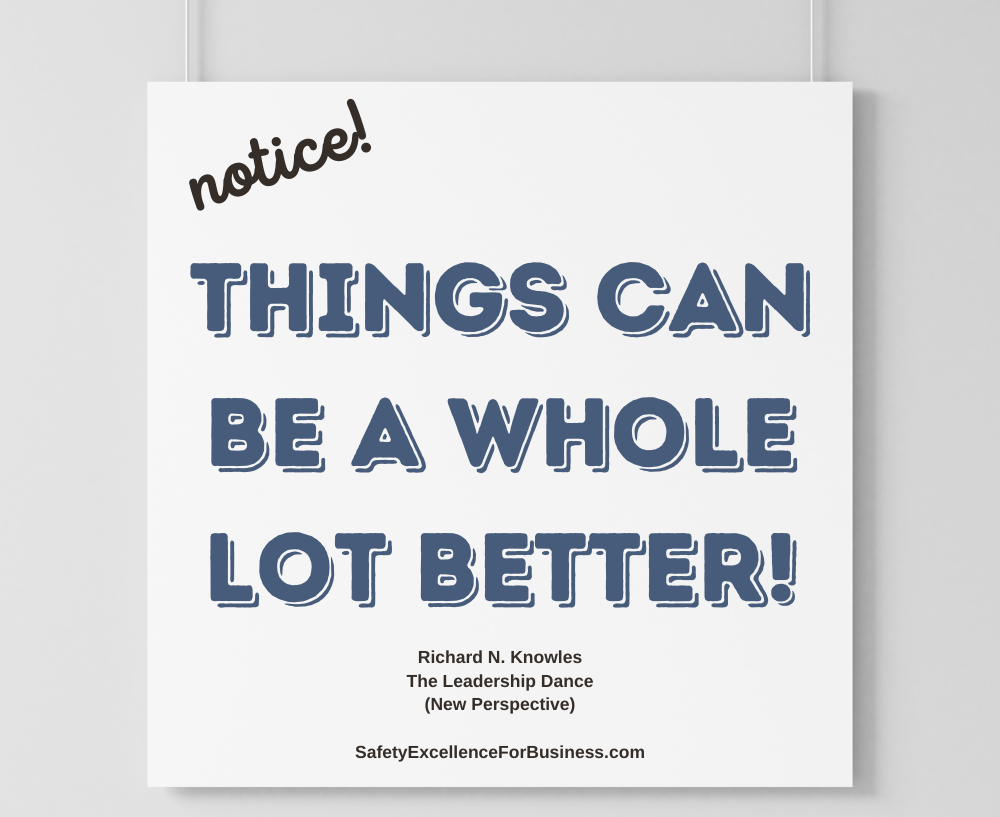
Partner-Centered Leadership: A New Safety Leadership Paradigm
I spent a lot of my time as the plant manager studying how and why organizations work or not. The ideas coming out of the new insights about complexity, chaos, and complex adaptive systems offered a different way to lead. I learned to see organizations as if they are living systems and a new paradigm formed. I saw people as caring and partners in our work together. The relationships with and among the people became the most important feature of our work. People want to be respected. They want to be heard. They have ideas they want to share. They know more about their work specific work than I did as the Plant Manager.
We shared information abundantly providing almost constant feedback to each other. We co-created our future using a guided conversational process called “The Process Enneagram” (see my YouTube videos to learn about this process). We learned Self-Organizing Leadership and developed the Partner-Centered Leadership approach1. People took responsibility for their work and new ideas constantly emerged as we talked together. Change happened as we learned to work together in new ways finding the results of work getting better and better. The collective intelligence of the people blossomed.
The people (everyone) and I had to learn to work this way as we worked together. We gradually found that the safety performance (TRIFR down 97% in 4 years) and everything else improved. As we learned about Self-Organizing Leadership, we realized that as people self-organized around their work that the system needed to be held together with a container that allowed the flow of information and energy but did not overcontrol the system. I called this container “The Bowl.” Some people talk about needing “guide rails,” which is also a useful idea.
A Comparison of the Managing and Partner-Centered Leadership
I wrote a paper for Professional Safety in 2022 about our work at our plant and comparing the effectiveness of the Managing and Partner-Centered Leadership processes2. It clearly showed the superiority of the Partner-Centered Leadership process.
The Partner-Centered Leadership process may very well be the new paradigm that is needed to greatly reduce the number of people being killed (~5,200/year) and injured (~2,400,000 people/year).
Please seriously consider this and let’s work to get a lot better. This is not just trying harder; it is really about doing things differently and more effectively.
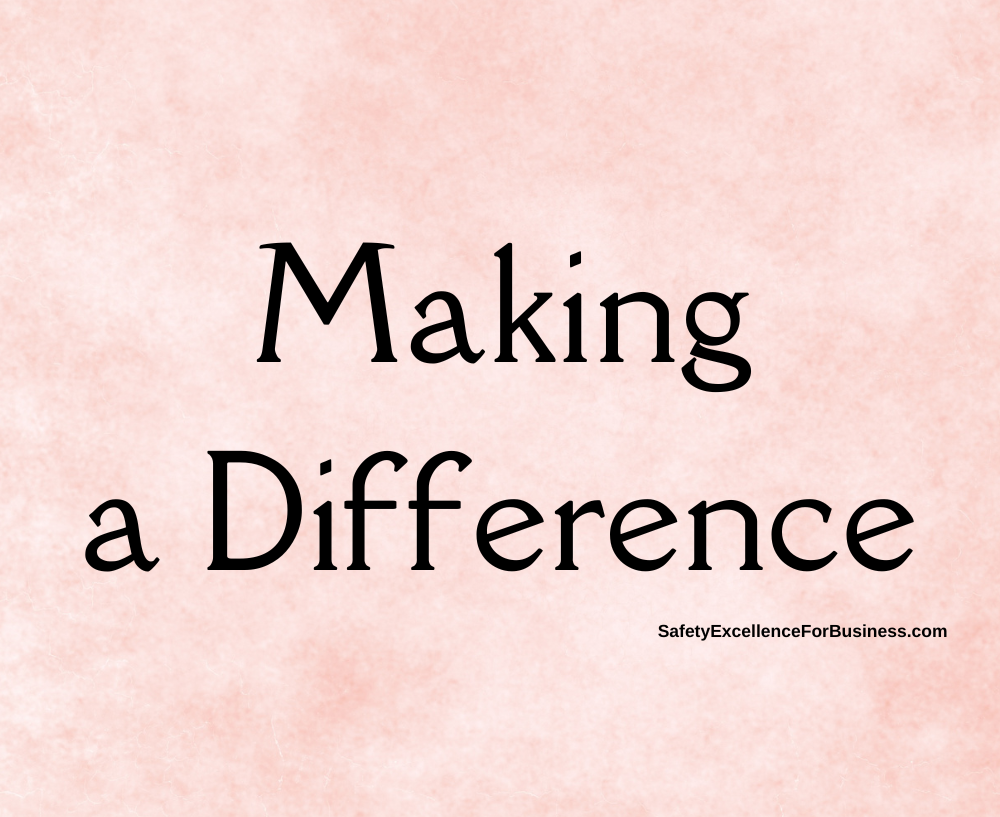
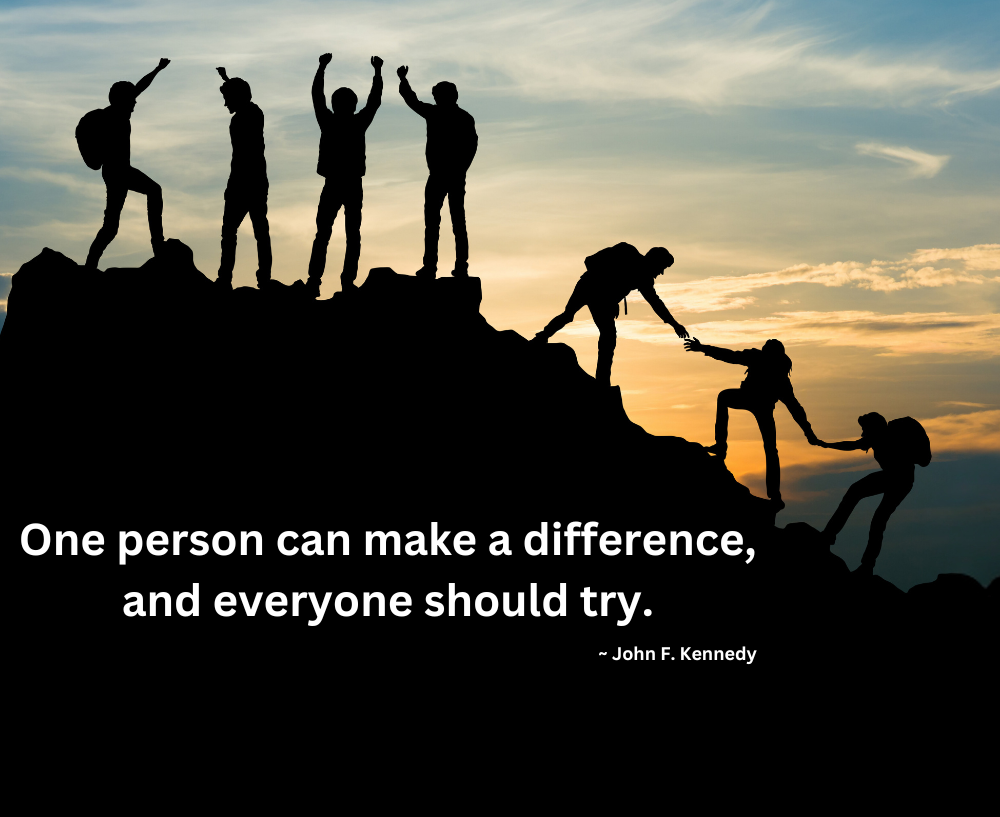
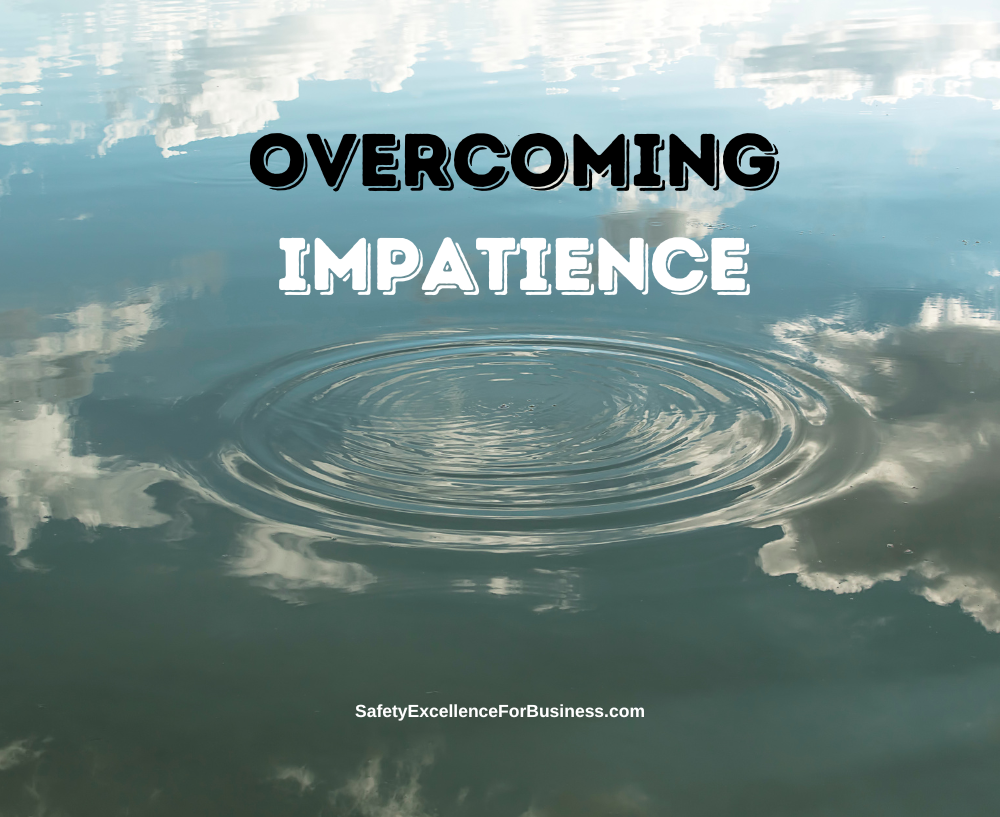
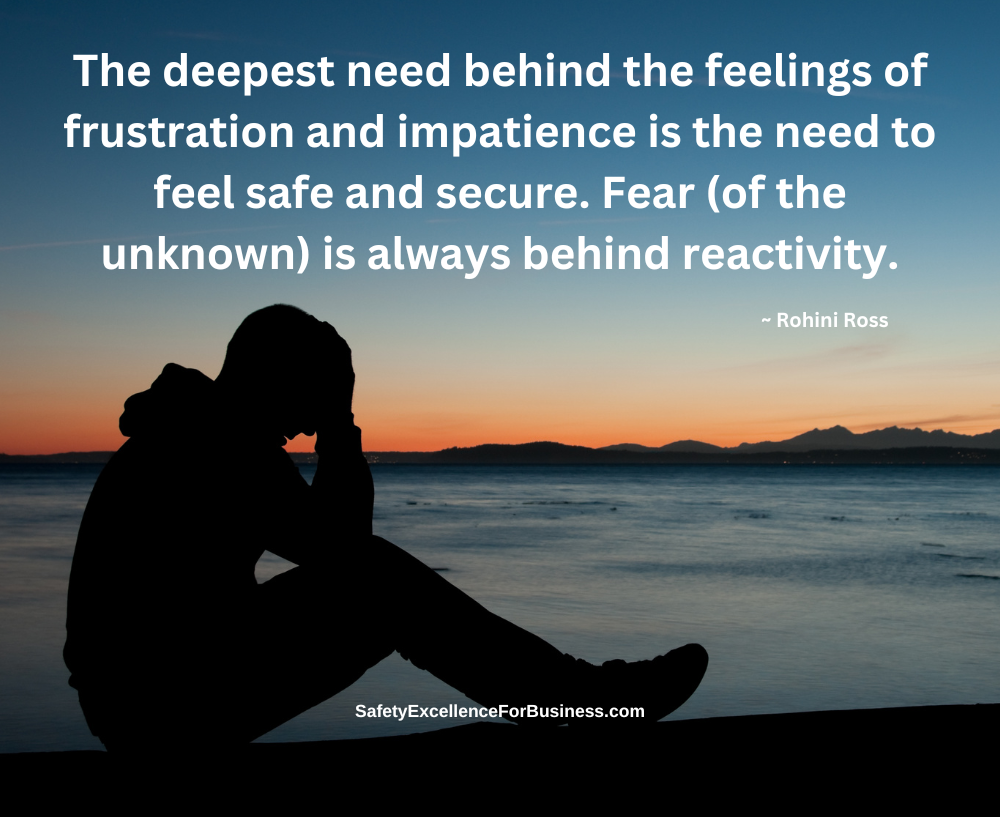
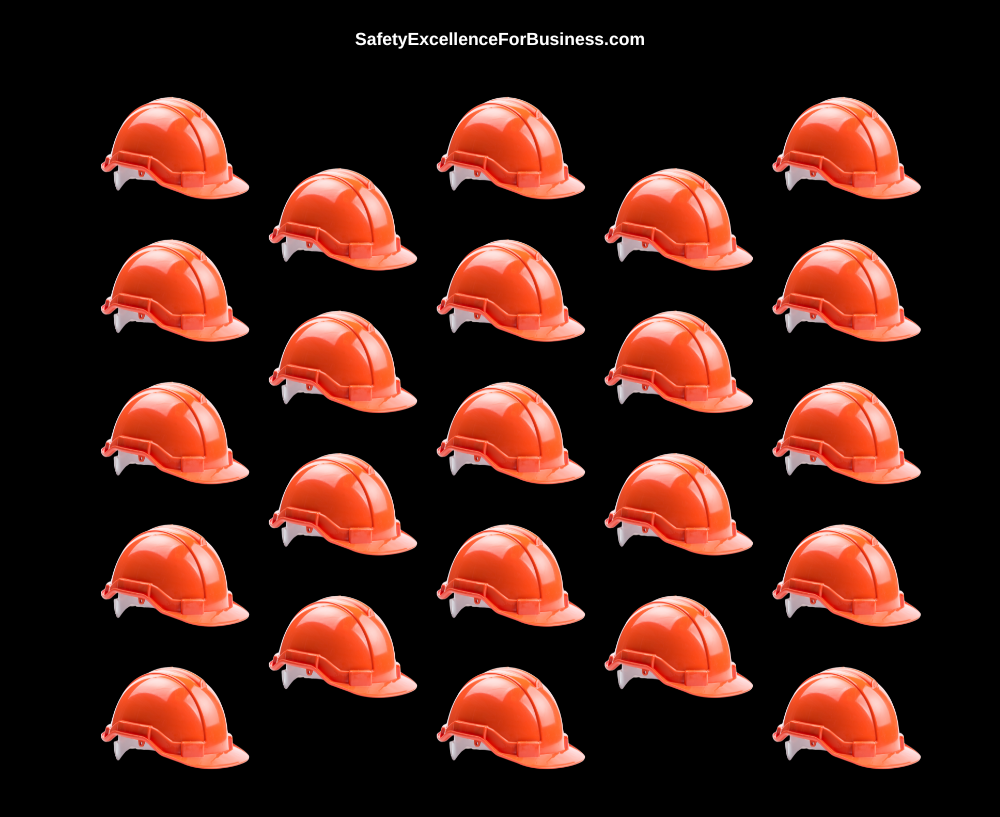
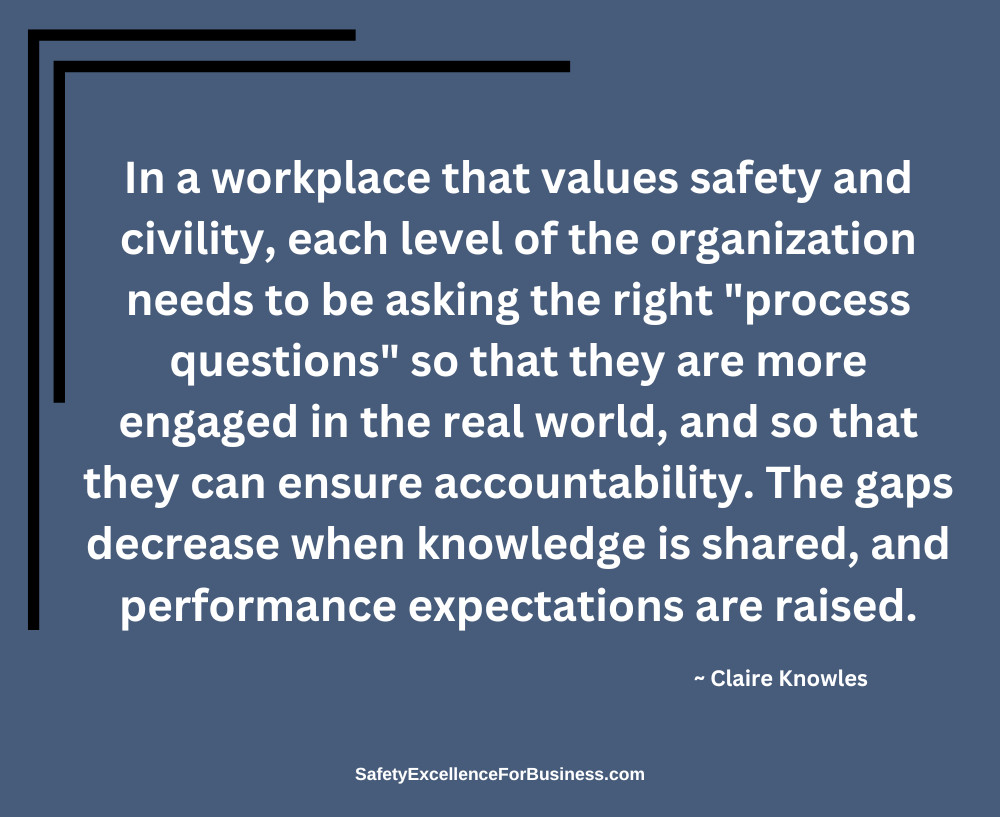
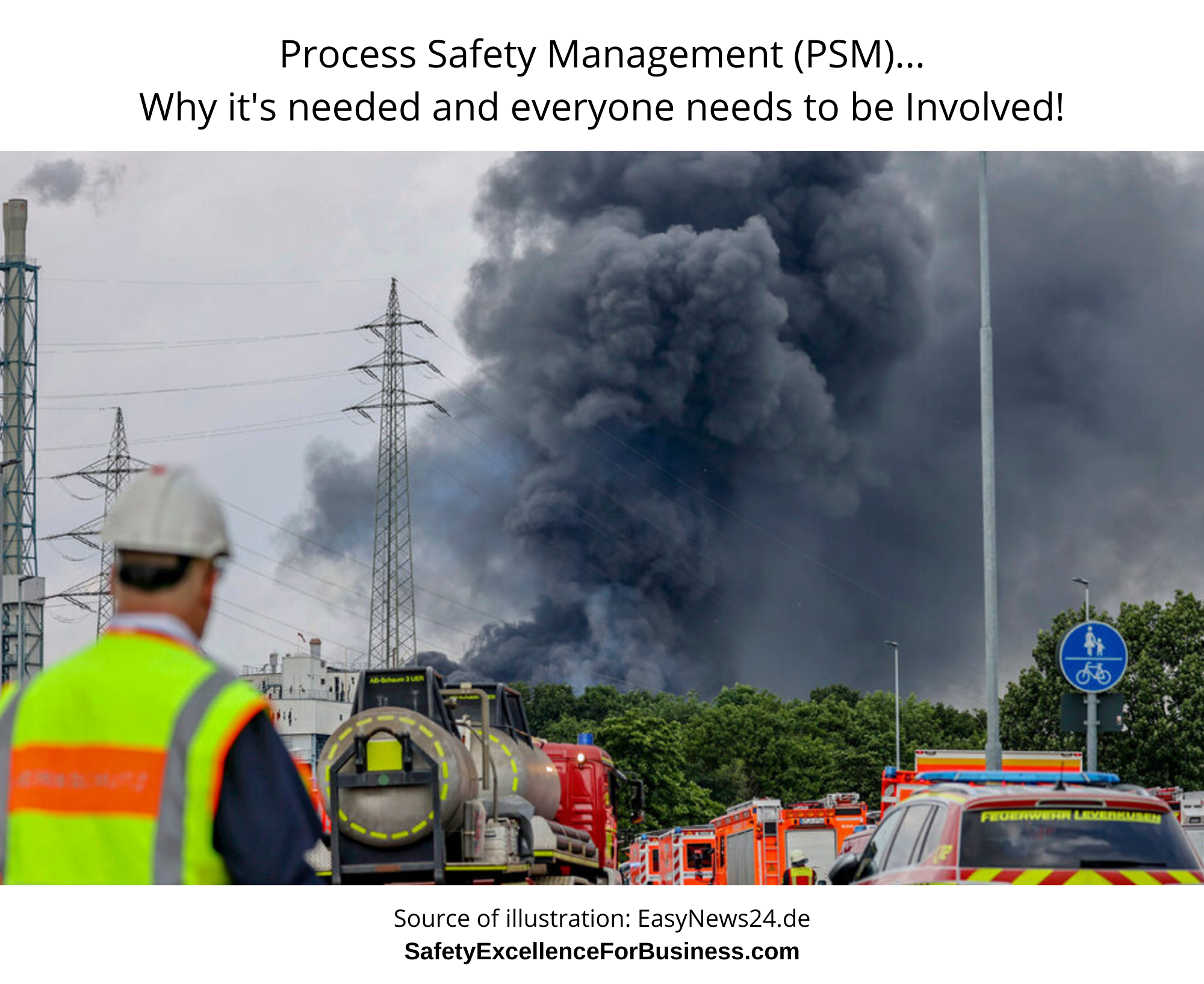
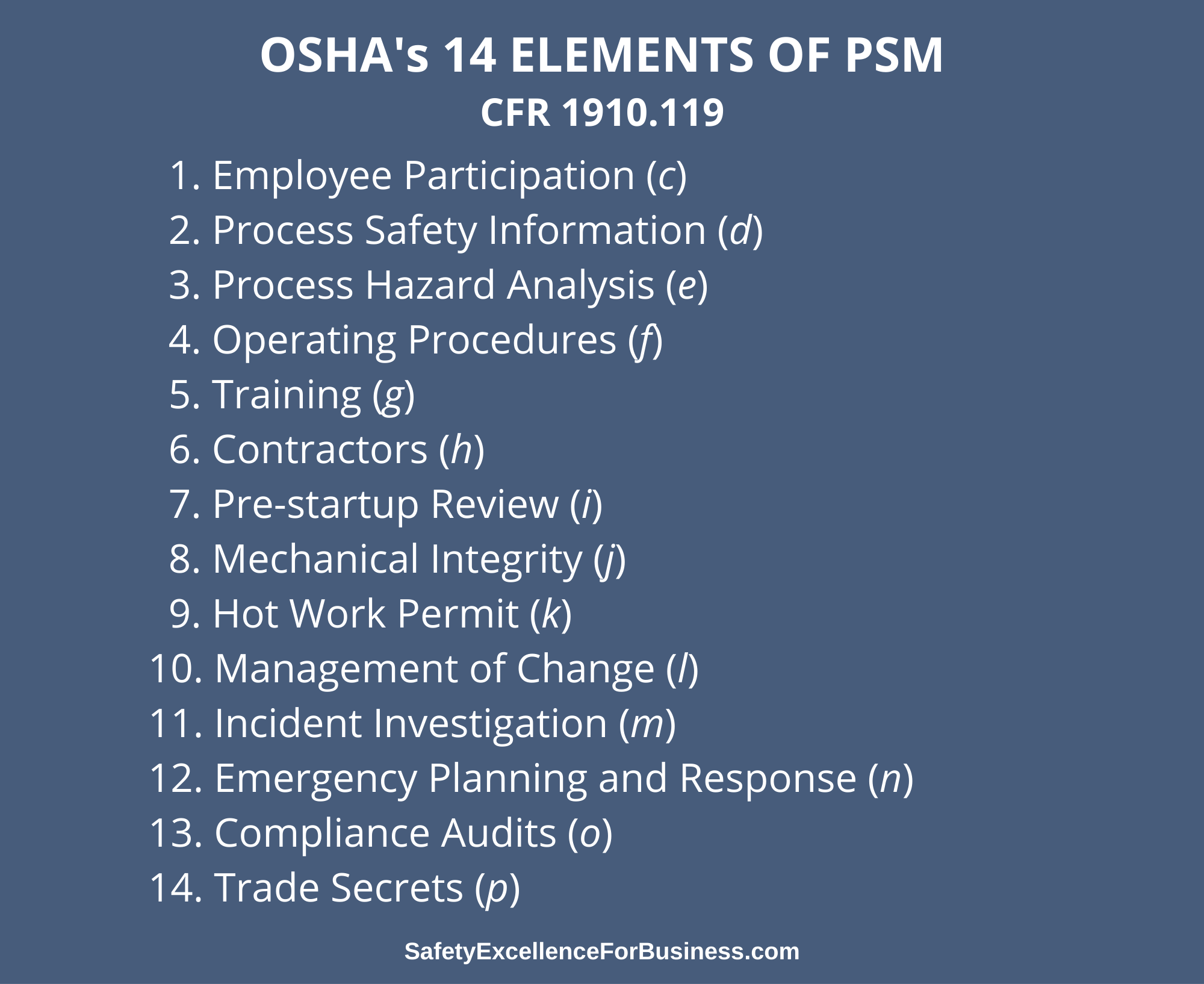
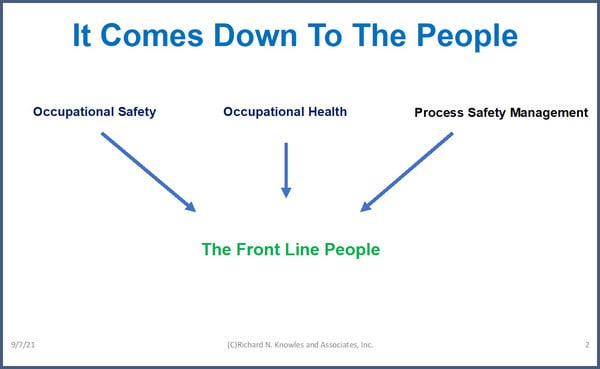
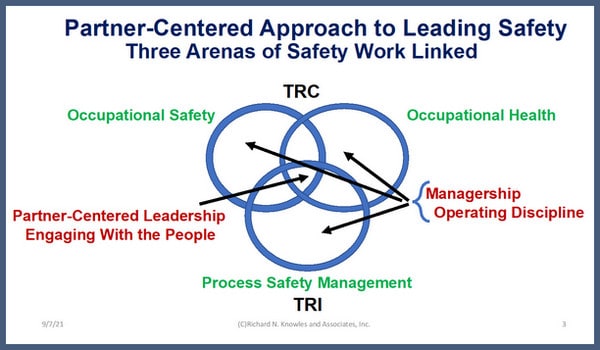
 In this story, a wicked witch puts the princess and the whole kingdom to sleep for 100 years. They all have to wait for the arrival of the prince to kiss the princess and awaken everyone. As children, we all knew this story, but in this new book, Stephen Capizzano shifts the story to thinking about what happens in our organizations.
In this story, a wicked witch puts the princess and the whole kingdom to sleep for 100 years. They all have to wait for the arrival of the prince to kiss the princess and awaken everyone. As children, we all knew this story, but in this new book, Stephen Capizzano shifts the story to thinking about what happens in our organizations. When we were able to shed our old habits at our Plant in West Virginia, injury rates dropped by 97%, emissions to air, ground and water as reported to the EPA dropped 95%, productivity rose by 45% and earnings rose by 300%. As I walked the plant for 5 hours each day we were reminding ourselves to shed the old habits and create a much brighter future.
When we were able to shed our old habits at our Plant in West Virginia, injury rates dropped by 97%, emissions to air, ground and water as reported to the EPA dropped 95%, productivity rose by 45% and earnings rose by 300%. As I walked the plant for 5 hours each day we were reminding ourselves to shed the old habits and create a much brighter future.
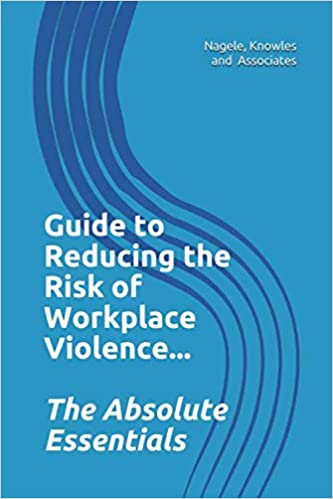
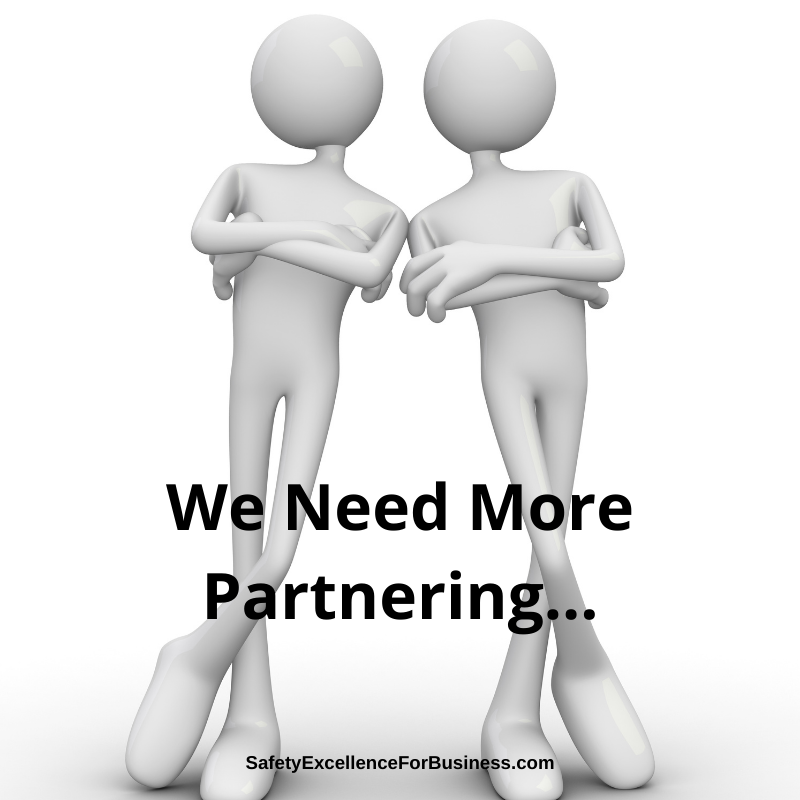 The COVID-19 pandemic, the return to school questions, the protests and riots in so many of our cities, the bitter political campaign, the demand for using the “correct” words, are driving people crazy. The COVID-19, the questions, the anxieties and concerns, spill into our workplaces causing a lot of uncertainty and stress. We see this happening every day. Our businesses, our schools and hospitals, our governments, and not-for-profits, at all levels, are struggling. Changes and pressures are coming faster and faster.
The COVID-19 pandemic, the return to school questions, the protests and riots in so many of our cities, the bitter political campaign, the demand for using the “correct” words, are driving people crazy. The COVID-19, the questions, the anxieties and concerns, spill into our workplaces causing a lot of uncertainty and stress. We see this happening every day. Our businesses, our schools and hospitals, our governments, and not-for-profits, at all levels, are struggling. Changes and pressures are coming faster and faster. In thinking about your own place where you work, what do you suppose it would be like if you did some of these things? Do you think that you could begin talking with others about the COVID-19 challenges and building a more respectful environment? What do you think it would be like if you could openly talk together about the important issues like workable, social distancing and improving the safety of your job?
In thinking about your own place where you work, what do you suppose it would be like if you did some of these things? Do you think that you could begin talking with others about the COVID-19 challenges and building a more respectful environment? What do you think it would be like if you could openly talk together about the important issues like workable, social distancing and improving the safety of your job? When I was transferred to the DuPont Belle, West Virginia plant in 1987, the Total Recordable Injury Case Rate (TRC) was about 5.8 and emissions to air, water and ground, as reported in the EPA Toxic Release Inventory (TRI) annual report, was over 6,000,000 pounds/year. Within three years, both of these had dropped by about 95% to a TRC of about 0.3 and a TRI of about 275,000 pounds/year. Emissions to the environment is one way to measure how well the process safety is working; the better the process safety work, the lower the emissions to the environment.
When I was transferred to the DuPont Belle, West Virginia plant in 1987, the Total Recordable Injury Case Rate (TRC) was about 5.8 and emissions to air, water and ground, as reported in the EPA Toxic Release Inventory (TRI) annual report, was over 6,000,000 pounds/year. Within three years, both of these had dropped by about 95% to a TRC of about 0.3 and a TRI of about 275,000 pounds/year. Emissions to the environment is one way to measure how well the process safety is working; the better the process safety work, the lower the emissions to the environment. The process safety management collapsed in January of 2010 with major, accidental releases to the air and river and they had a man get killed with a phosgene release. When the US Chemical Safety Board investigated in late 2010, they reported that while the occupational safety and health performance was the best in the DuPont Company, the process safety management had fallen apart and the plant was not even using the DuPont standard procedures. This was a sad commentary about how far things had fallen.
The process safety management collapsed in January of 2010 with major, accidental releases to the air and river and they had a man get killed with a phosgene release. When the US Chemical Safety Board investigated in late 2010, they reported that while the occupational safety and health performance was the best in the DuPont Company, the process safety management had fallen apart and the plant was not even using the DuPont standard procedures. This was a sad commentary about how far things had fallen.




